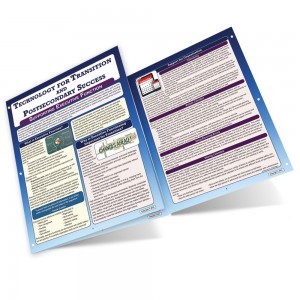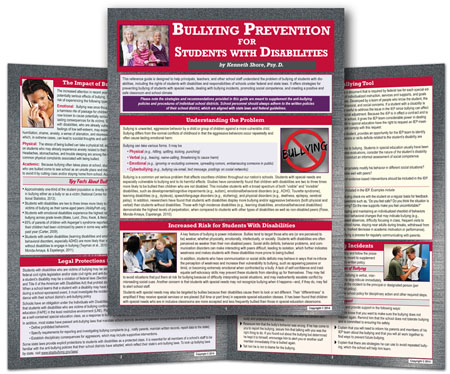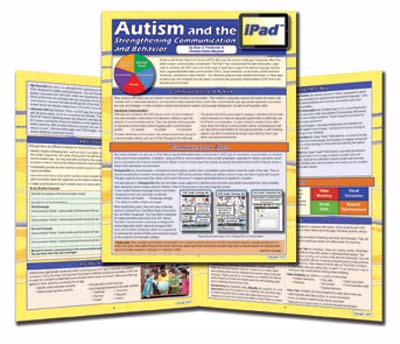By Padmaja Sarathy, author of Autism Spectrum Disorders: Seven Steps of Support
Engage your child in motivating activities to sustain attention and active involvement.
- Weather: Go outside to check the temperature. Get your child to observe daily temperature changes. Help make temperature comparisons, higher or lower readings. Also, involve reading the detailed daily weather forecast on the phone/laptop.
- Language and Literacy: Read stories together daily. Use role play and have fun pretending to be different story characters. (e.g., pretending to be animals, story characters, facial expressions of emotions –happy/sad/ surprised/scared, etc. Build your child’s vocabulary associated with personal grooming, cooking and (Identifying various food items, cooking utensils, measurement tools, wash cycles, cleaning supplies, mirror, comb, brush, etc.)
- Create a personal life story: Help your child to create timeline of events with photos and text about herself/himself (or a story associated with Covid-19 crisis). Provide index cards with text to go in the story. Your child can put it in the right order and pair it with the corresponding photos.
- Math: Play games using dice and dominoes. Get your child to identify the higher and lower number, add, subtract, multiply and divide through rolling two dice.
- Math-Measurement: Weigh a couple of items using the kitchen scale or just hold it in their hand and make a guess. Have your child determine which one is heavier and which is lighter.
- Nature and Science: Go for a ‘Nature Walk’, find leaves, twigs, seeds, tree bark, etc. Have your child touch and manipulate a leaf. Place it on a tree picture/model. Grow A Garden: Plant seeds (coriander, mustard, flower seeds). Plant seedlings in paper cups and watch it grow.
- Create a personal life story: Help your child to create timeline of events with photos and text about herself/himself (or a story associated with Covid-19 crisis). Provide index cards with text to go in the story. Your child can put it in the right order and pair it with the corresponding photos.
- Math: Play games using dice and dominoes. Get your child to identify the higher and lower number, add, subtract, multiply and divide through rolling two dice.
- Math-Measurement: Weigh a couple of items using the kitchen scale or just hold it in their hand and make a guess. Have your child determine which one is heavier and which is lighter.
- Nature and Science: Go for a ‘Nature Walk’, find leaves, twigs, seeds, tree bark, etc. Have your child touch and manipulate a leaf. Place it on a tree picture/model. Grow A Garden: Plant seeds (coriander, mustard, flower seeds). Plant seedlings in paper cups and watch it grow.
Enable
- Use concrete objects, pictures, photos to assist in getting your child’s attention and to engage with the task. It will also help with later recall.
- Provide tactile and visual (picture icons) supports that correspond to your child’s needs. Continue to use the technology supports to promote your child’s communication and physical access in engaging with the activities.
- Use activities that connect with real life application (e.g., nature walk, growing things, weather and calendar activities, personal story, etc.).
- Make sure your child is actively involved and participating in the activity and that you are not physical prompting and manipulating your child’s movements.
Encourage your child’ self-dependence through performing a variety of tasks with minimal prompting and assistance from you.
- Allow your child to make choices (e.g., selecting clothes to wear, games to play, the kind of sandwich topping, what he wants to do first, math or language activity, etc.).
- Involve your child in personal grooming activities. Do not expect perfection.
- Facilitate social interactions with family and friends through video conferences.
- Get your child to assist you with cooking and cleaning activities.










 Although bullying disproportionately affects students with disabilities, educators and school personnel have a variety of powerful tools available to them for stopping and preventing bullying of students with disabilities. One of the most powerful tools is the IEP (individual education program). If behaviors or skills deficits related to a student’s disability are contributing to the child being bullied or bullying others, evidence-based interventions and additional supports can be incorporated into the student’s IEP.
Although bullying disproportionately affects students with disabilities, educators and school personnel have a variety of powerful tools available to them for stopping and preventing bullying of students with disabilities. One of the most powerful tools is the IEP (individual education program). If behaviors or skills deficits related to a student’s disability are contributing to the child being bullied or bullying others, evidence-based interventions and additional supports can be incorporated into the student’s IEP.




